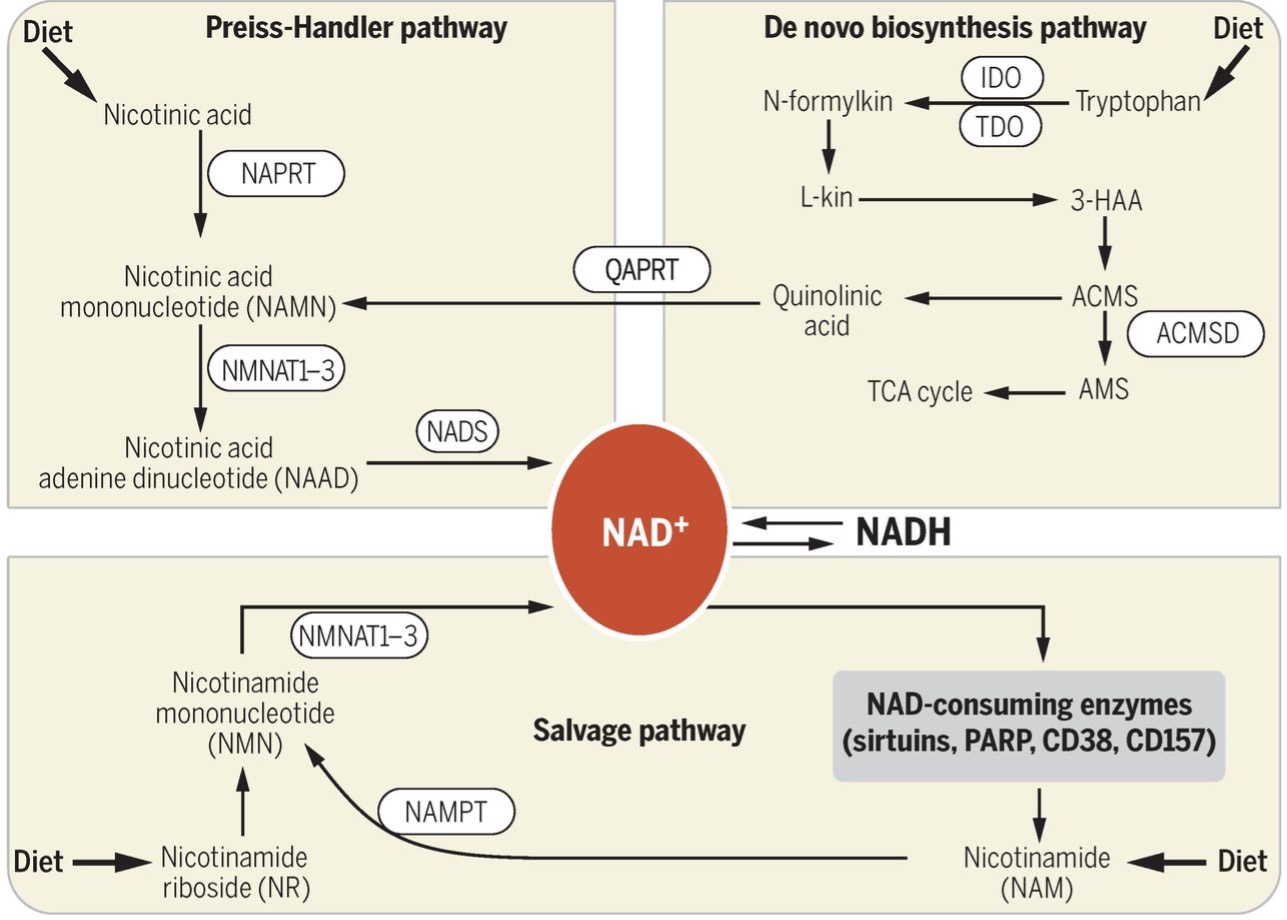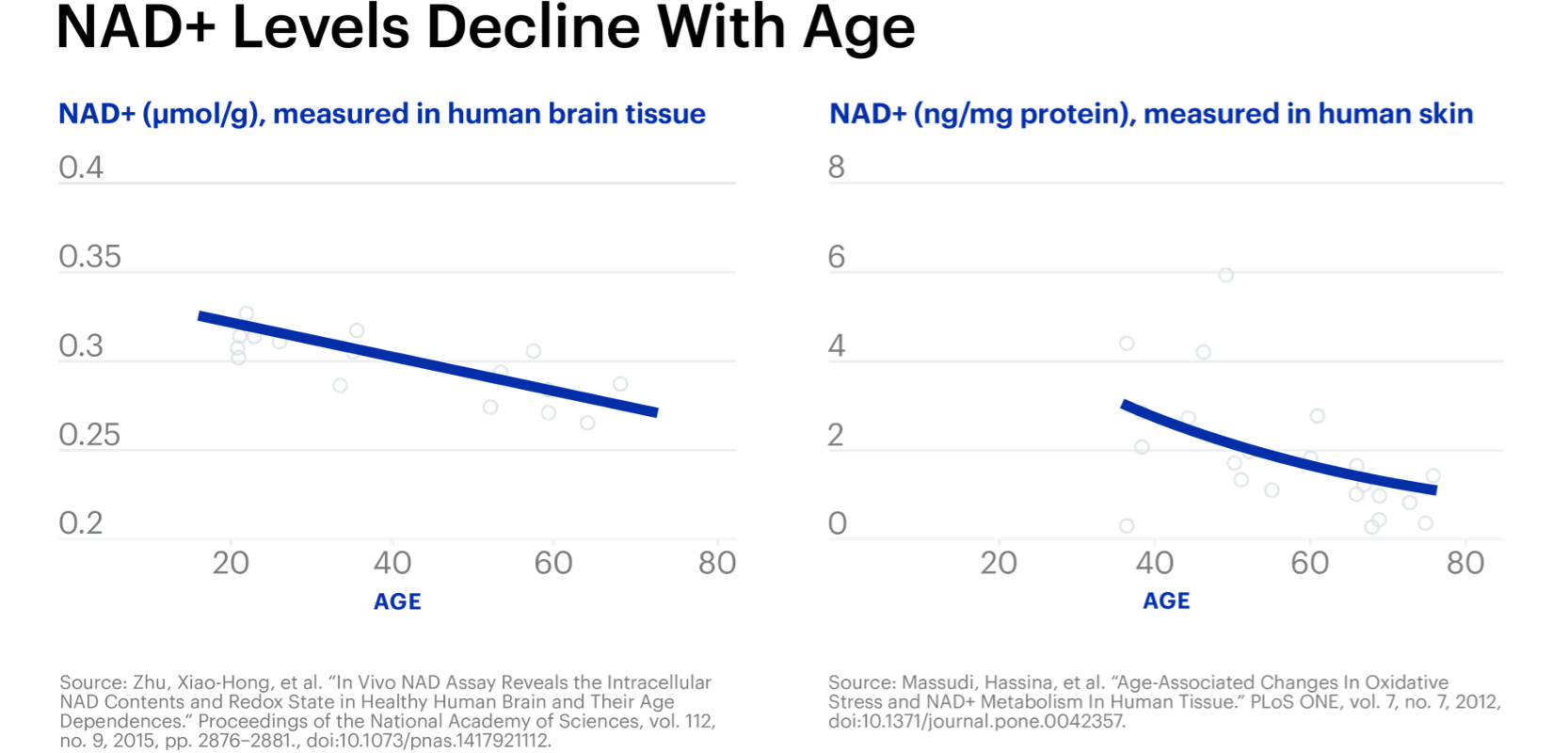An important way to activate our cellular immunity is by activating PARPs. These consume NAD, and when there is none or very little left, they can no longer be activated. They don’t activate our cellular immunity and the virus is free to continue replicating and damaging us.
NAD intervenes vitally in two very important pathways in humans, namely the sirtuin and PARP pathways. It is essential in functions that influence the aging process, such as mitochondria synthesis, apoptosis, autophagy, inflammation, intracellular and systemic signaling, DNA repair, genomic stability, programmed cell death… and our immunity.
Dr. Alfonso Galán González – Neolife Medical Team
The activation of NAMPT and providing NAM and NR dramatically lower the replication capacity of a coronavirus model that is sensitive to PARP activity.
Scientific knowledge has given us an incredible surprise very recently. Keep reading, and you’ll understand everything perfectly.
A few weeks ago, we posted in this blog an article on the importance of NAD in cellular metabolism, the aging process, gene expression, DNA repair, and other fundamental functions, and we showed you what we can do to improve its levels so that our body may function in the most optimal way. You may read this article here. I recommend it so you may better understand the results of the research that we will present below.
We said that there are two vital pathways in the human body in which the presence of NAD is essential: the sirtuin and PARP pathways.
Sirtuins are a group of enzymes that regulate functions that influence the aging process, such as mitochondria synthesis, apoptosis, autophagy, inflammation, intracellular and systemic signaling, DNA repair, etc. And PARP or poly (ADP-ribose) polymerase is a family of proteins involved in DNA repair, genomic stability, and programmed cell death.
We presented this chart of NAD synthesis to explain how our body is able to synthesize it and what we can do to improve this synthesis by providing various supplements or enhancing the activity of various enzymes with different strategies.

Well, this latest study by Dr. Charles Brenner’s team at the City Of Hope National Medical Center in California (USA) shows us that, within the PARP group, these enzymes that are primarily associated with DNA repair and that depend on NAD and therefore consume our reserves of it, there is a subgroup known as MARylating (mono-ADP-ribosylating) PARPs that are associated with antiviral cellular response. This study shows that:
- COVID-19 infection (SARS-CoV-2) produces robust upward regulation of these MARylating PARPS by inducing the expression of genes that encode for the enzymes of the salvage pathway (see chart) of NAD synthesis from Nicotinamide (NAM) and Nicotinamide Riboside (NR).
- They show that PARP 10 overexpression is sufficient to lower cellular NAD levels and that PARP 7, 10, 12, and 14 activity is limited by NAD availability.
- That this availability of NAD may be increased by pharmacologically activating NAD synthesis.
- That infection by a coronavirus model causes a very severe attack on the NAD of the host cell.
- And finally, that the activation of NAMPT (see chart and significance here) and providing NAM and NR dramatically lower the replication capacity of a coronavirus model that is sensitive to PARP activity.
I hope I didn’t lose you with this hard and more technical data, and I’ll summarize it in the simplest way possible.
What does all this mean? Well, SARS-CoV-2 causes our NAD levels to drop. How does it do that? To defend against it, we make our cellular immunity work at full throttle, and now we know that an important part of how we manage to activate our cellular immunity is through activating PARPs. These PARP 7, 10, 12, and 14 that influence immunity consume NAD like all the PARPs, and when there is none or very little left, they can no longer be activated. They don’t activate our cellular immunity and the virus is free to continue replicating and damaging us.
If we increase our NAD levels by taking Nicotinamide (NAM), Nicotinamide Riboside (NR), or increasing the activity of the NAMPT enzyme that is responsible for converting NAM into NAD, we will improve PARP activity, our cellular immunity, and lower virus replication.
I hope that this explanation clarifies the importance of this finding.
Can this explain, in part, why older people have more serious COVID disease? Well, we know that our NAD levels drop over the years and because of the aging process.

And while this has not yet been studied, it could be a very logical conclusion.
BIBLIOGRAPHY
(1) Imai S, Guarente L. NAD+ and sirtuins in aging and disease. Trends Cell Biol. 2014;24(8):464-471. doi:10.1016/j.tcb.2014.04.002
(2) Lin S-J, et al. Calorie restriction extends yeast life span by lowering the level of NADH. Genes Dev. 2004;18:12–16.
(3) Imai S, Yoshino J. The importance of NAMPT/NAD/SIRT1 in the systemic regulation of metabolism and ageing. Diabetes Obes Metab. 2013;15(Suppl 3):26–33.
(4) Lin SJ, et al. Life span extension by calorie restriction in S. cerevisiae requires NAD and SIR2. Science. 2000;289:2126–2128.
(5) https://m.jbc.org/content/early/2020/10/13/jbc.RA120.015138
